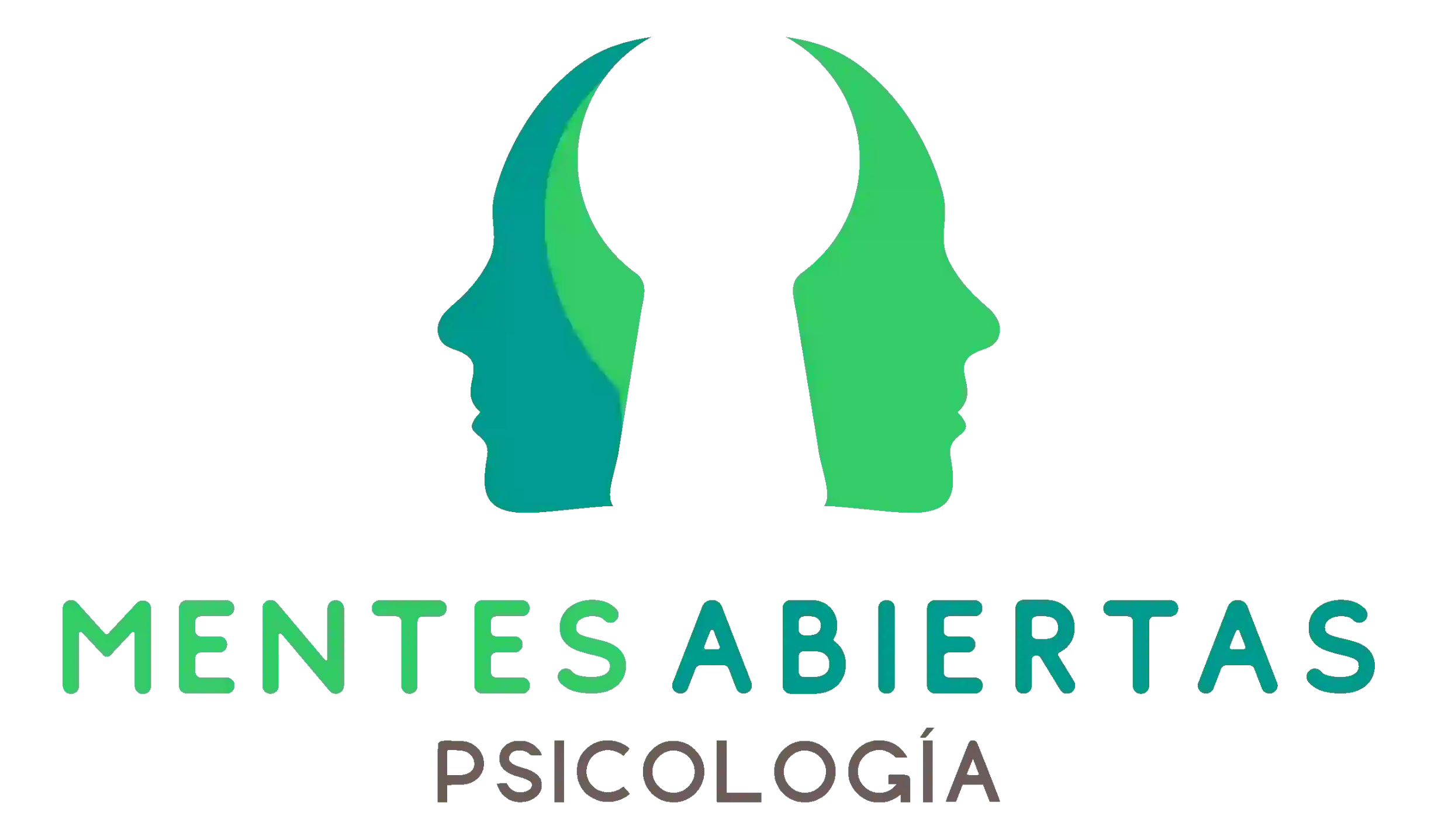The color gray is a shade that lies between white and black on the color spectrum. It is often associated with neutrality, stability and sobriety. In psychology, the color gray can have various meanings and connotations that vary depending on the context and culture. In this article we will explore what the color gray represents from a psychological point of view, how it can influence our emotions and perceptions, and what implications it can have in different aspects of daily life.
Origin and symbolism of the color gray
The color gray is a mixture of black and white, which makes it a tone without saturation or brightness. In terms of symbology, gray is associated with moderation, indecision and lack of energy. It is often perceived as a cold and distant color, conveying a feeling of seriousness and formality. In nature, gray is present in elements such as rocks, cement and steel, which contributes to its association with solidity and stability.
Cultural meanings of the color gray
< p>In different cultures, the color gray can have varied meanings and connotations. For example, in Western culture, gray is often associated with old age, wisdom, and prudence. In contrast, in some Eastern cultures such as China, the color gray is associated with neutrality and harmony. In the field of fashion and design, gray is considered a versatile and sophisticated color, which can convey both elegance and simplicity.The color gray in color psychology
In color psychology, research has been carried out on how different shades can influence our emotions, thoughts and behaviors. Gray is considered an ambiguous color, which can evoke both positive and negative feelings depending on the context. In general, gray is related to emotional stability, neutrality and introspection.
Emotional implications of the color gray
From an emotional point of view, the color gray can induce feelings of calm, serenity and balance. On the other hand, gray can also be associated with monotony, sadness and lack of vitality. In situations of stress or anxiety, gray can be perceived as a comforting color that provides a feeling of security and protection.
The use of gray in therapy and interior design
In the field of psychotherapy and interior design, the color gray is used in various ways to influence people's mood and well-being. For example, in therapeutic environments, gray is used to create relaxing and welcoming atmospheres that facilitate reflection and introspection. In interior design, gray is used to convey a feeling of elegance and modernity, as well as to provide balance and harmony to spaces.
Therapeutic applications of the color gray
In Color therapy, gray is used to help people find emotional balance and stability. It is believed that the presence of gray in the environment can promote mental clarity and objectivity, which is beneficial in processes of introspection and self-knowledge. On the other hand, gray can also be used to work on emotions such as sadness or fear, allowing people to explore and process these emotions in a safe and controlled way.
The color gray in advertising and marketing
In the field of advertising and marketing, the color gray is used strategically to convey different messages and create different perceptions in consumers. For example, gray is usually associated with sophistication, elegance and modernity, which is why it is common to see it in luxury brands and high-end products. On the other hand, gray can also be used to convey an image of neutrality and trust, especially in sectors such as technology and financial services.
Impact of the color gray on consumer perception
< p>Neuromarketing studies have shown that the color gray can have a significant impact on consumer perception and purchasing behavior. For example, gray has been associated with stability and trust, which can influence the perception of quality of a product or service. In addition, gray is perceived as a non-invasive color, which may be attractive to certain consumer segments looking for a discreet and sophisticated image.Conclusions
In conclusion, the color Gray is a hue that can evoke a wide range of emotions and meanings depending on context and individual perception. From emotional stability and neutrality to elegance and modernity, gray plays an important role in our daily lives and the way we perceive the world around us. Understanding the meaning of the color gray in psychology allows us to reflect on how it influences our emotions, perceptions and decisions, as well as the way we relate to our environment.





